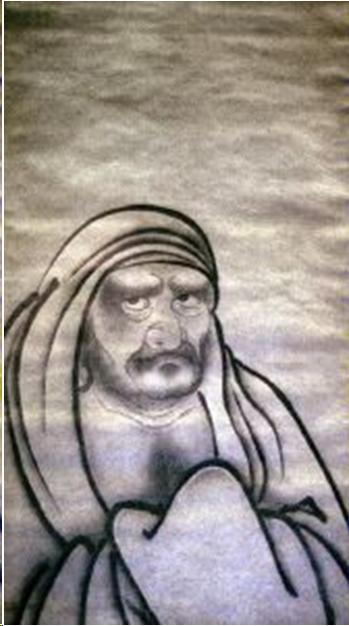Lecture Notes
Bodhidharma, the sixth century Indian priest who brought Buddhism to China, spent nine years facing a cave wall in meditation. Furious with his inability to stay awake, he is said to have ripped off his eyelids. On falling to the ground, they became tea plants. This legend suggests that tea's stimulating qualities were not lost on monks who spent long hours in meditation.
In 754, a Chinese monk named Chien Chen (Jp. Ganjin) accepted an invitation to come to Japan. He brought a variety of medicines with him which included tumeric, cloves, fennel, sandalwood, sugar, and tea seeds.
Tea was regarded strictly as a medicinal beverage. The small tea plantation which resulted from The Chinese monk's gift was managed by the Imperial officer in charge of medicines. Tea's use was strictly limited to the ceremonial and medicinal needs of the elite.

